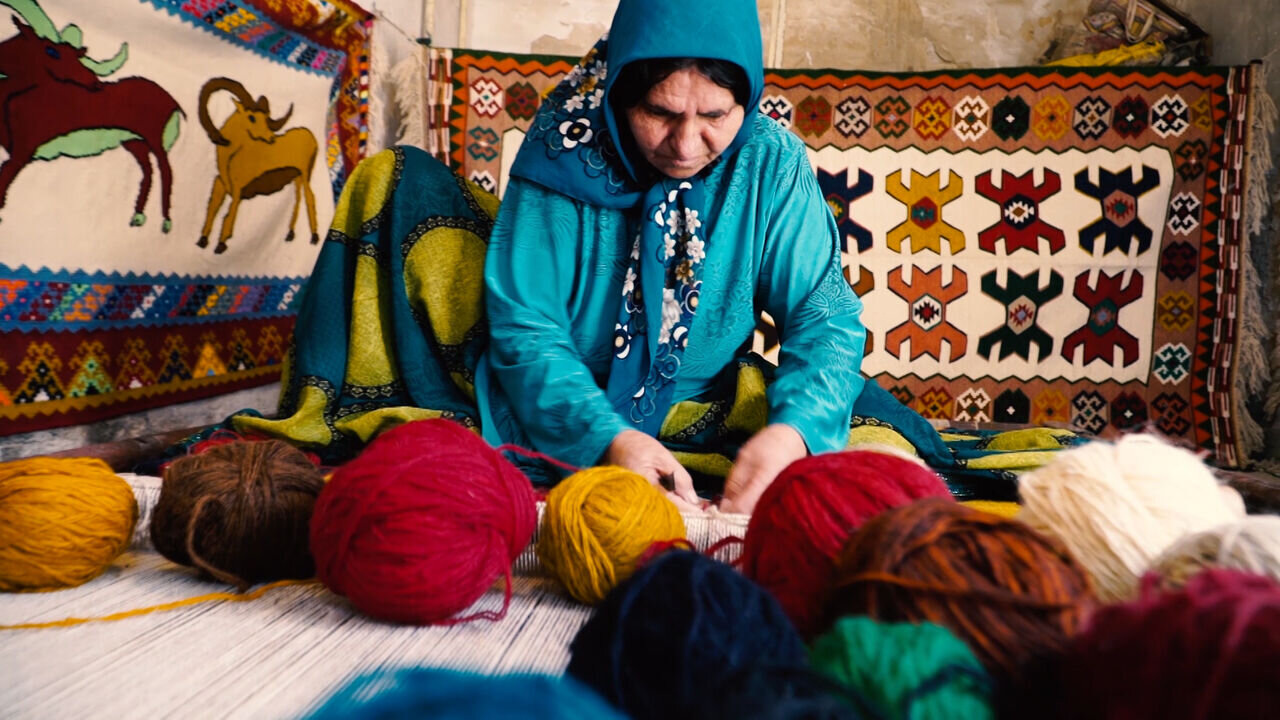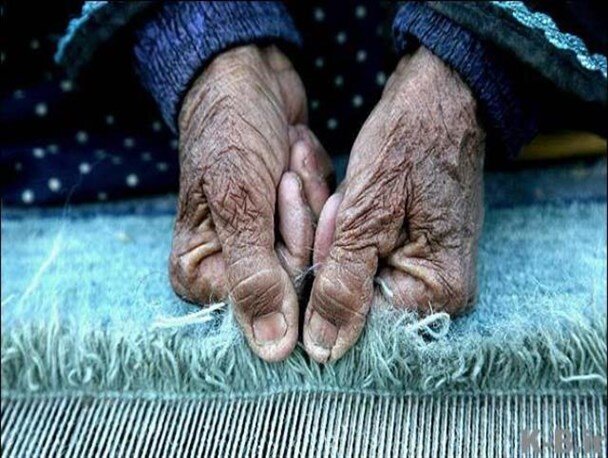Nomadic arts: discover rich tradition of Gabbeh carpets

TEHRAN - Gabbeh is a simple and colorful hand-knotted textile with a pile of long threads. It is exclusively made by the nomadic people of southern Iran and is used as a floor covering.
As mentioned by Visit Iran, Gabbeh has been defined as “a kind of carpet with long wefts” in the renowned encyclopedia of Dehkhoda.
The oldest surviving document that mentions the use of Gabbeh and is proof of its importance, dates back to the Safavid era.
According to this document, upon receiving Homayun, the Mughal emperor who had sought refuge in Iran, silk carpets of Khorasan, Gabbeh, and felt carpets were laid by the order of Shah Abbas Safavid. Gabbeh is also mentioned in reports and research by Europeans and Americans from the 19th century, which also proves that it was internationally known and traded by that time.
Gabbeh is soft and bright, a very suitable floor covering for nomads, but it also helps it to be used as a blanket. Its long threads make it thicker than other Persian carpets.
It is knotted by the Lurs nomads just like carpets, but their differences are the thickness, length of the wefts, and above all, the designs.

Attractive geometric and animal motifs of Gabbeh are inspired by the lifestyle and heritage of nomadic people. It is as if some of the patterns tell a story, set in the heart of nature.
Gabbeh carpets are commonly small. The nomads make them the size of about 1.5x2.2 meters. Another trait is that to make Gabbeh, between each 3 to 8 rows, more than one weft is inserted. Knot threads of these Gabbeh carpets are from raw wool, wraps are from a combination of wool and hair, and the wefts are from wool.
One of the most famous motifs is “Howz” (a small pool, depicted by shapes of diamonds in different sizes) and “Shir” or lion. Gabbeh carpets with motifs of lions are very popular among the nomads themselves and are related to a sense of honor, pride, and bravery. They are also very successful merchandise.
The lesser-known province is home to various nomads and is a top destination for those interested in visiting the nomadic life in person. Sightseers may live with a nomadic or rural family for a while or enjoy an independent stay and assist them with day-to-day life. It also opens up an opportunity to feel rustic routines, agriculture, traditions, arts, and culture.
Many tourists from all over the world tend to observe the lifestyle of these hardworking people and spend a few days watching activities such as milking, yogurt making, buttering, oiling, woolen, carpeting, and much more. Many Iranian and foreign tourists are interested in sleeping in nomadic black tents.
AM
Leave a Comment